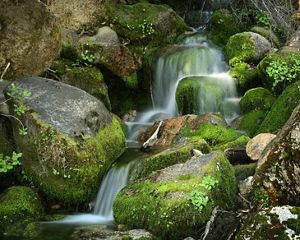BirdReturns: A Habitat Timeshare for Migratory Birds
When it comes to habitat, why buy when you can rent?
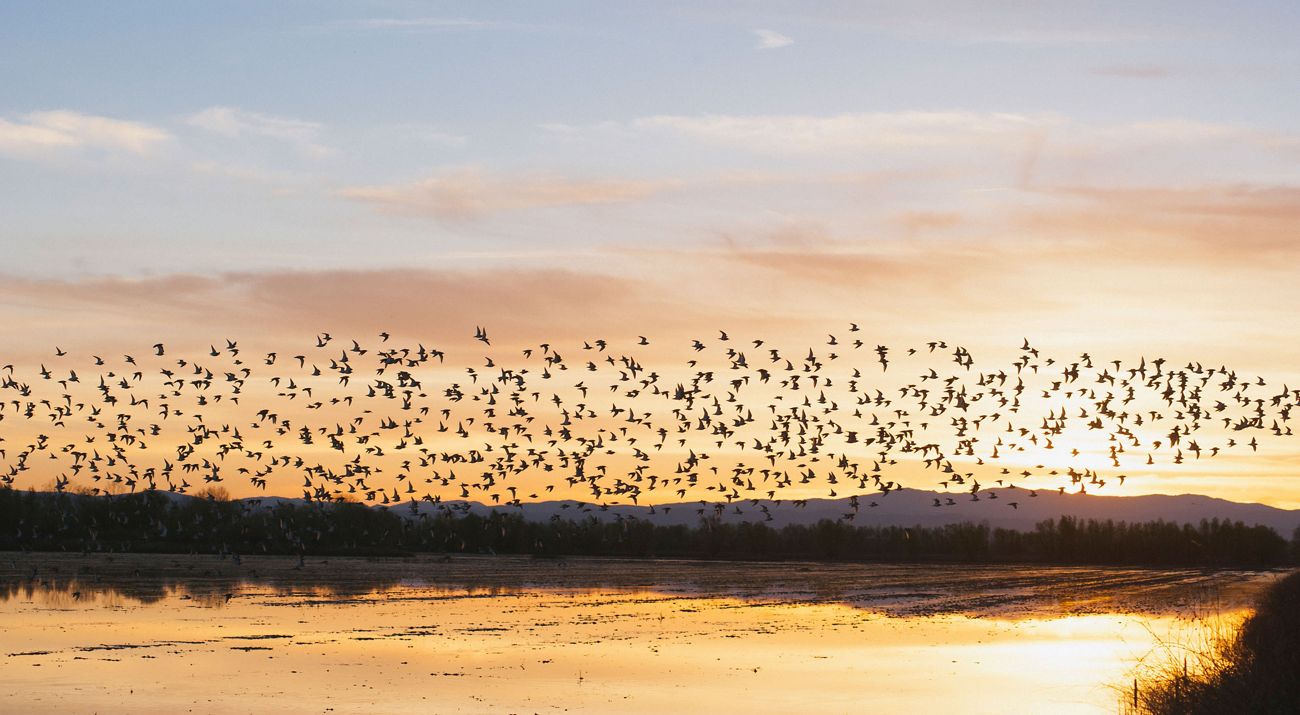
Birds are world travelers. They are born navigators, and many migratory bird species regularly travel thousands of miles without eating or sleeping, using the sun and stars for direction. But, eventually, even they need a place to rest and refuel.
Ideal resting areas for migratory birds are getting harder and harder to come by and this is especially true for shorebirds—nature's ultra-marathoners. Climate change is eroding the coastal habitat shorebirds rely on, and drought is shrinking already diminished inland wetlands. In the 1850s, California's Central Valley—a key rest stop along the Pacific Flyway—supported tens of millions of migrating waterbirds with four million acres of wetland habitat. Today, more than 95% of that habitat is gone.
There’s no way The Nature Conservancy could buy enough Central Valley habitat to support these birds. But why buy when you can rent?
Why Birds?
Birds are critical to Earth’s ecosystems. Many support the planet by pollinating plants or distributing seeds. Others can keep bugs and rodents in check. Restoring flooded shorebird habitat can recharge groundwater, a vital part of California’s water supplies. Our fate is closely linked to that of the world's birds.
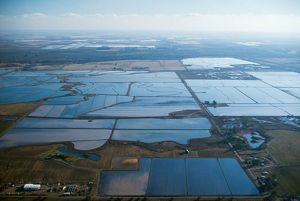

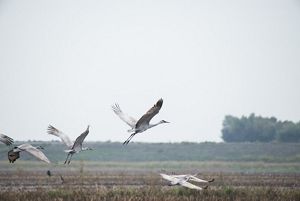
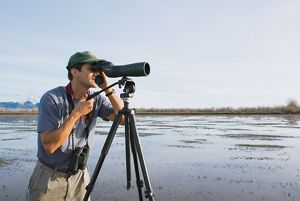

Taking Flight: Aerial view of flooded rice fields in California's Sacramento Valley. © Drew Kelly

Flock Together: Flocks of dunlin in rice fields in Colusa, California. © Drew Kelly

An Oasis in the Valley: Sandhill cranes in the Central Valley. © All Rights

BirdReturns: TNC ecologist Greg Golet monitors participating rice fields near Colusa in California's Sacramento Valley. © Drew Kelly for The Nature Conservancy
Research & Conservation Partners
Point Blue, Audubon California, the Cornell Lab of Ornithology, NASA, California Rice Commission, the Delta Conservancy, and many Central Valley farmers.
TNC is part of the Migratory Bird Conservation Partnership which includes Audubon California and Point Blue Conservation Science. During fall and spring, the number of water birds resting or wintering in the Central Valley far exceeds available habitat, and our partnership pays farmers and private wetland owners to flood their fields and create the temporary wetland habitat shorebirds need. Farmers benefit from regenerated soil, while birds find food and rest along their transcontinental trek. Since the program’s 2014 pilot, Central Valley farmers have hosted millions of avian travelers.
Habitat When and Where Birds Need It.
BirdReturns provides flexible, cost-effective habitat by combining powerful data and economics to make conservation possible where it would never be otherwise. Here’s how it works.
The Big Data Behind the Scenes
BirdReturns scientists use a combination of satellite imagery and on-the-ground observations from community scientists to determine when and where birds will gather each season. We then pair the satellite images and data from NASA sensors with the millions of observations uploaded monthly to eBird, a Cornell Lab of Ornithology program. Together with our long-time collaborator Point Blue Conservation Science, we have built a way to analyze these data to determine when and where birds are likely to land. The Migratory Bird Conservation Partnership also uses satellite imagery to verify that the habitat promised by our farmer contractors is being delivered.
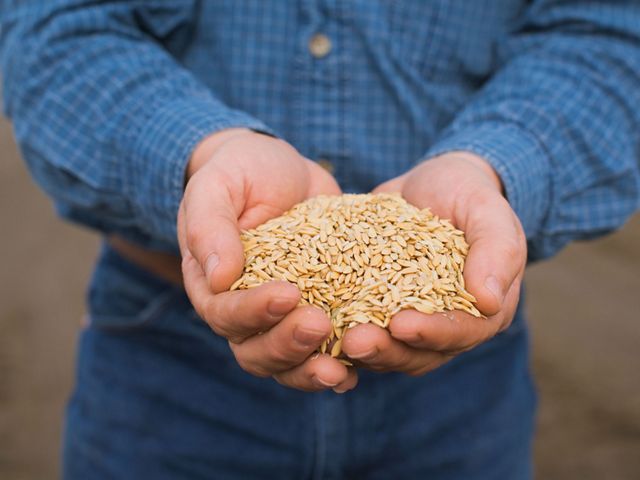
Quote: Eric Hallstein, PH.D.
It was one of these ideas that seemed really insane at first. We wondered, ‘Can you actually rent wetlands? If we design a reverse auction, will these farmers actually show up?’
Teaming Up With Farmers
TNC uses a reverse auction model where farmers offer their best price to create bird habitat. Then, based on the bids, we select farmers who provide the best habitat in the locations where the birds are most likely to land. These farmers then flood their fields, generating temporary habitat for migrating birds, and in the process, returning nutrients to the soil. After the program’s pilot in 2014 created a whopping 10,000 acres of habitat across 40 farms, more local landowners have joined the program each year.
A Future With Less Water
Drought is touching every one of California's landscapes, and BirdReturns is preparing for a drier future. TNC is working to increase the program's yearly guest bird count, while making sure we keep enough water in our aquifers. Our science shows that creating wetland habitat for birds can recharge groundwater. Here is how TNC and our partners are preparing for a drier future to meet the need of migratory birds and help sustain California’s water supplies.
Responding to Drought: BirdReturns typically runs in the fall and spring when there is normally too little habitat. However, in years to come, less rainfall is expected in the winter months. For the first time in 2022, the program extended its seasonal wetland creation into winter to meet birds’ needs because of severe drought. The extension was made possible by California’s first major investment in the program as state leaders recognized the value of this dynamic conservation model.
As the drought continues, state funding and new partnerships like BirdReturns and the California Rice Commission’s Bid4Bird initiative are providing tens of thousands more acres of critical habitat. This is allowing the BirdReturns program to provide wetland habitat for migrating birds in California’s Sacramento-San Joaquin River Delta as well as the San Joaquin Valley.
Recharging Groundwater: The temporary wetland habitat that BirdReturns provides can also be an important way to recharge California’s depleted aquifers. That is why we are expanding our work to target areas where we can create seasonal habitat on farmlands where groundwater recharge is desperately needed for local communities and farmers. TNC is bringing the best scientists together to measure the benefits and study what aquifers gain from temporarily flooded farmland.
New Partners: Our Water Team works with a broad coalition—from public agencies to farmers and ranchers—to protect water for nature. Ensuring there is enough wetland habitat for migratory birds is critical to protecting global biodiversity.
Increased Bird Monitoring: TNC relies on rigorous data and evidence to drive decision-making for conservation. As climate change puts pressure on migratory species of all kinds, we have renewed our efforts to keep tabs on bird populations. Technologies like GPS monitoring, tagging and collaring offer scientists and researchers critical insights into the shifting habits and health of migratory birds.
Partners in Monitoring: In partnership with Point Blue Conservation Science and Audubon California, with generous support from the California Department of Fish and Wildlife, we launched a multi-year study in 2021 to investigate how shorebirds respond to drought by monitoring their use of habitats throughout California and along their journeys between California and Alaska, where they nest. Shorebirds' populations have been declining faster than other groups of birds, making it especially important to understand how their habitat use in California affects their migration along the Pacific Flyway and how our programs are making a difference.
